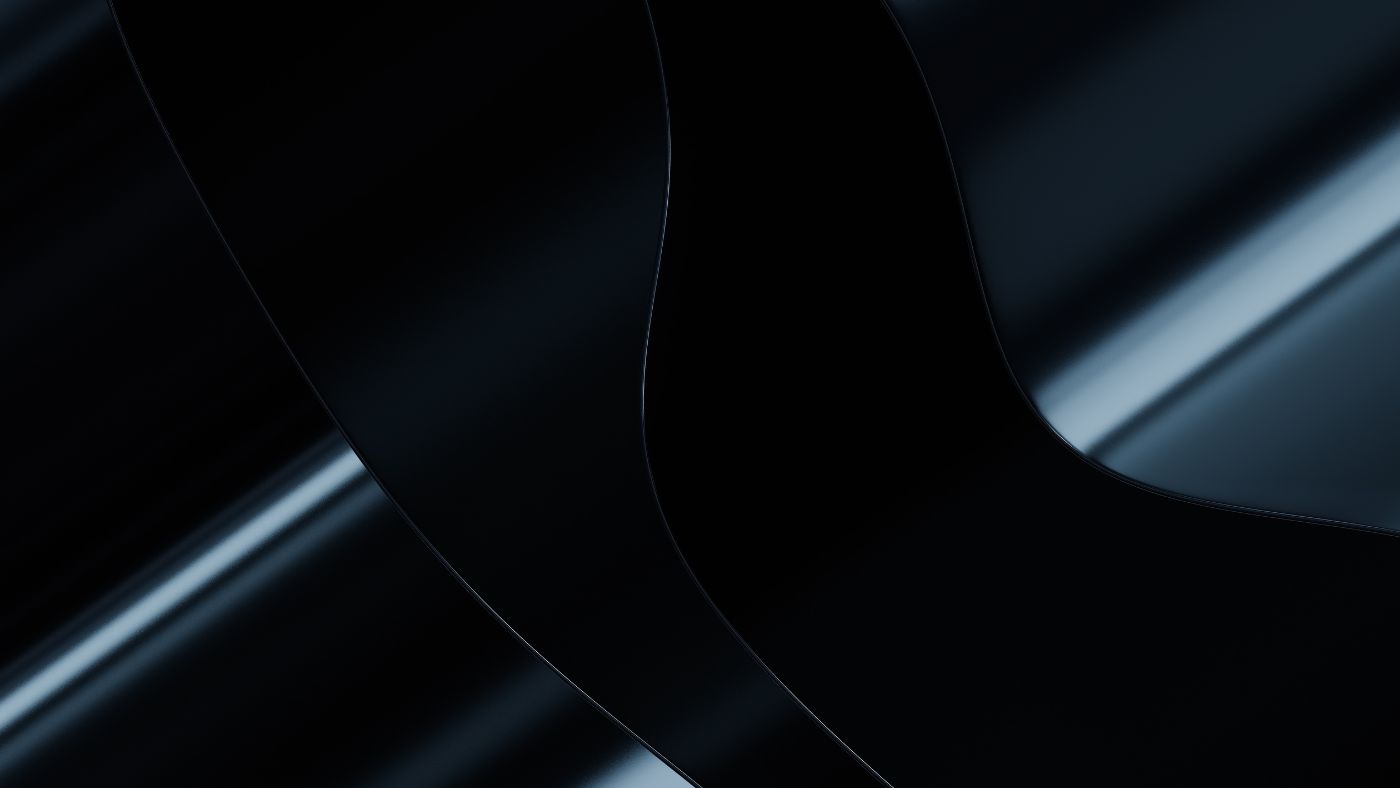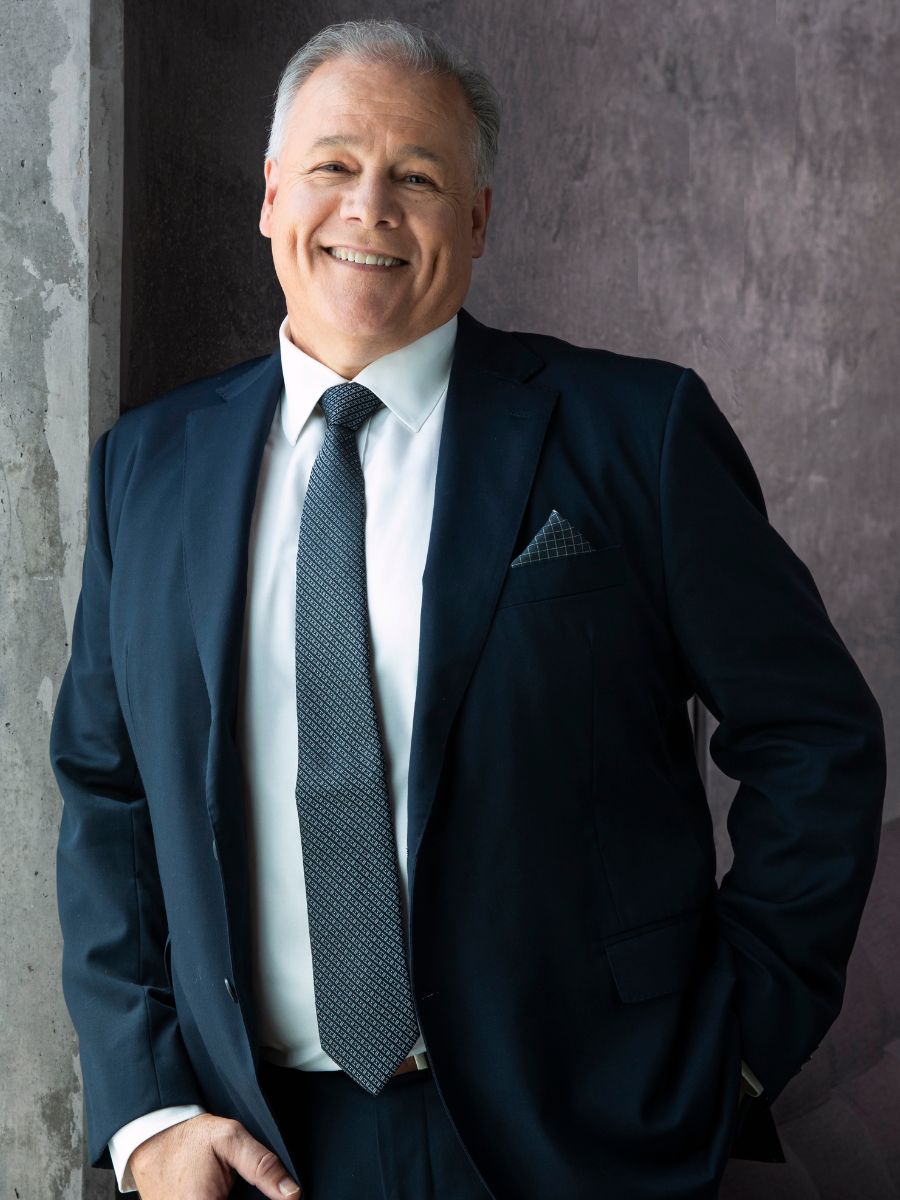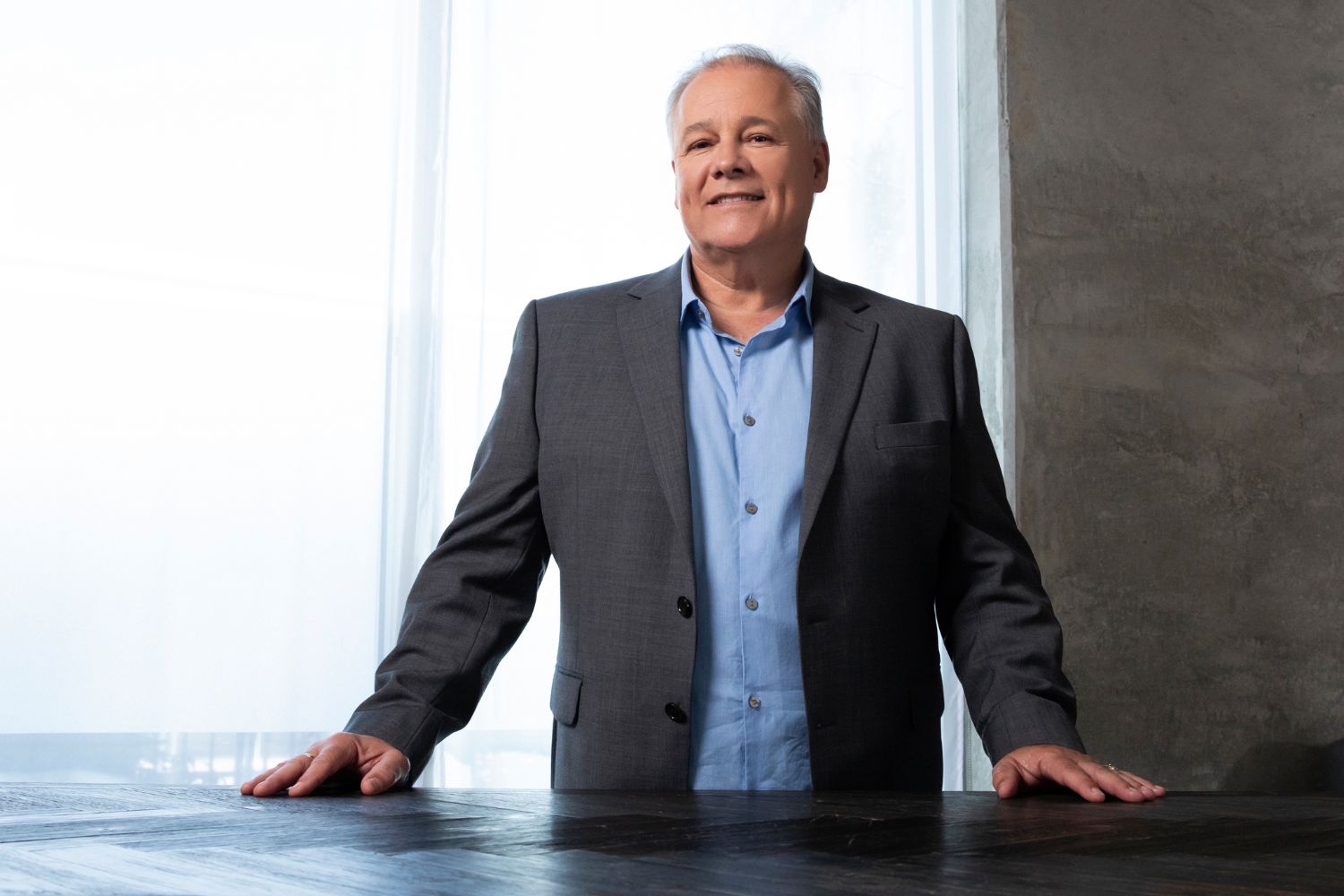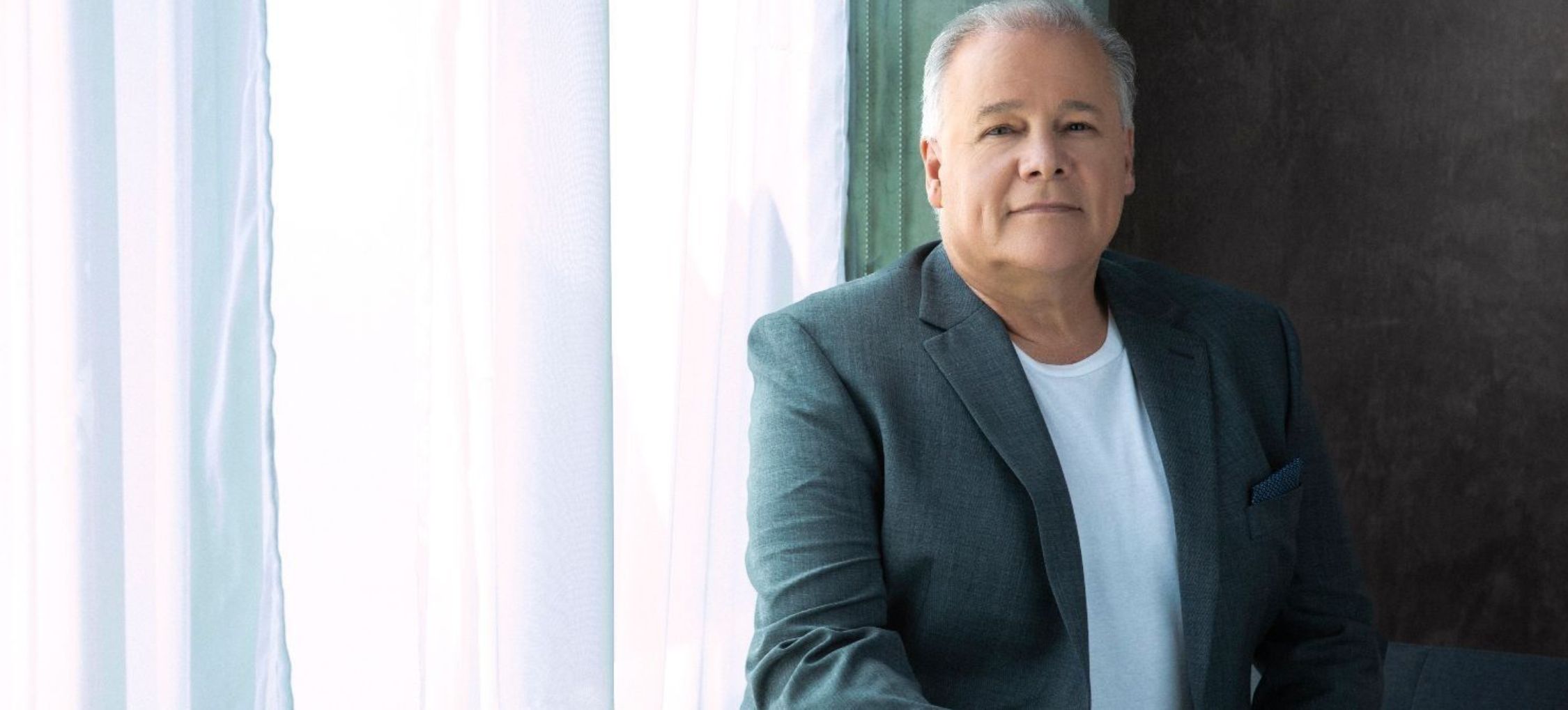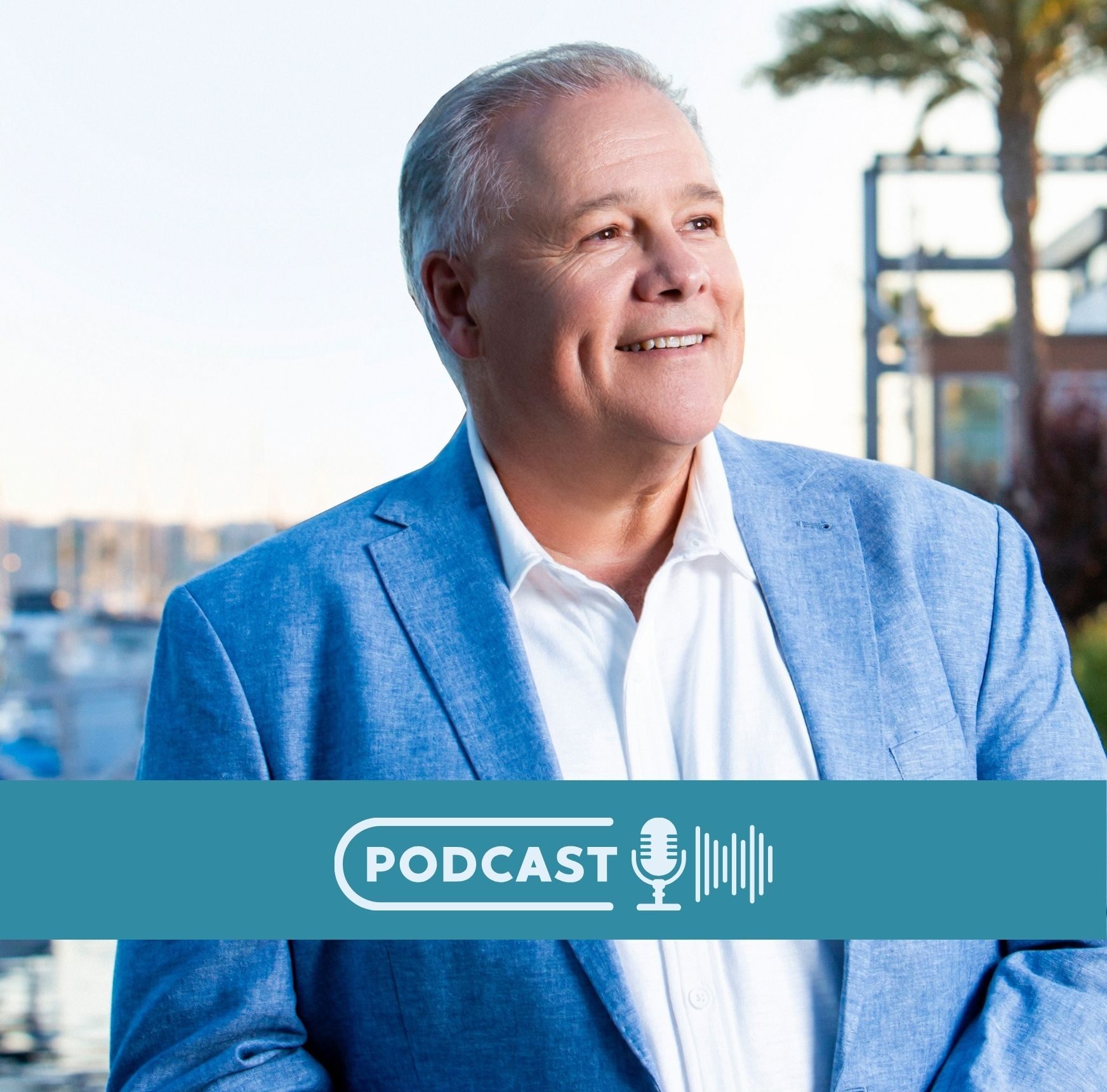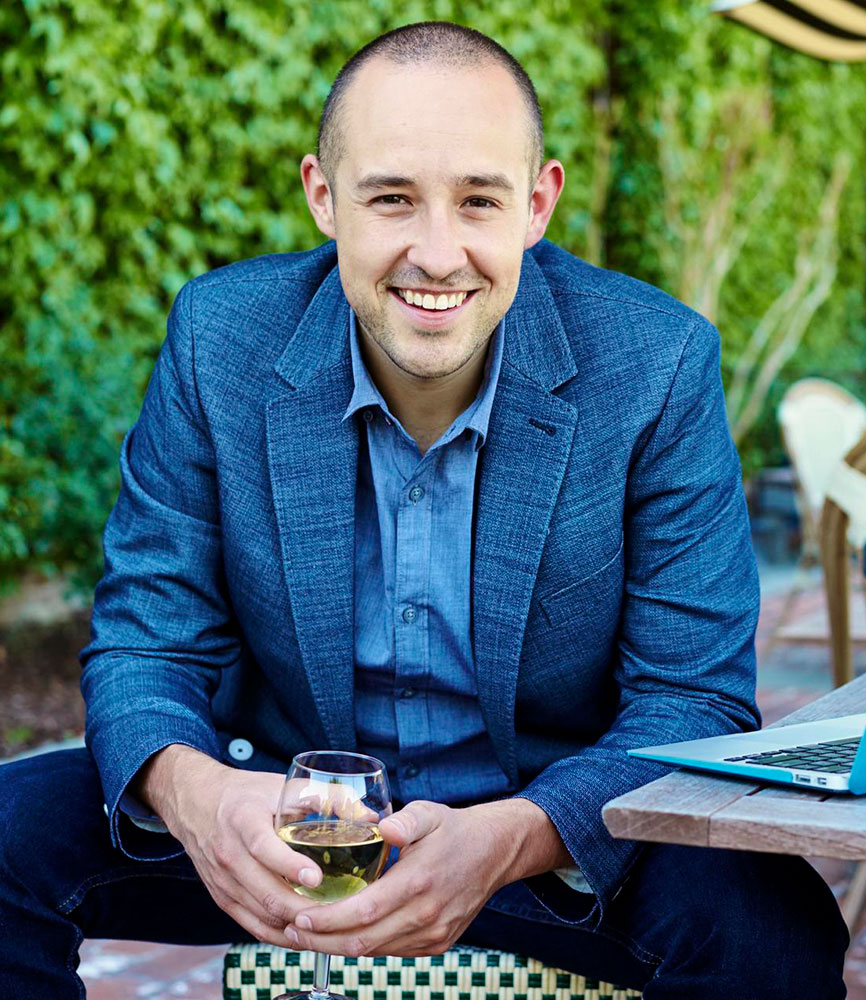I’ve often marveled at the power of models in solving complex problems and facilitating meaningful conversations. I’ve had the privilege of witnessing this transformative process in various contexts. Still, one of the most remarkable experiences was my involvement in creating the stunning Optus Stadium in Perth.
This grand stadium, a monumental project with a budget of $1.4 billion, presented a unique challenge. How do you design a sports stadium that not only meets the practical needs of sports fans but also resonates with their aspirations and desires? The answer, as always, lay in the art of visual models.
We embarked on a stakeholder engagement journey, bringing together sports enthusiasts, community members, and experts. Our goal was to define the vision for the stadium. But instead of relying solely on words and lengthy presentations, we turned to the remarkable power of visual models.
Our model was simple yet comprehensive—representing who’s on the field, on the bench, and not even in the team. Every idea, every concept, and every aspiration was filtered through this model. It was a tangible framework that allowed us to structure our thoughts and ideas, ensuring they aligned with the core vision.
But the model was more than just a static diagram; it was a dynamic tool for collaboration. It allowed everyone in the room to contribute to the conversation actively. Ideas flowed, concepts were born, and aspirations took shape. We had dimensions to consider—commercial viability and technical feasibility. If an idea didn’t fit these dimensions, it was relegated to the bench or even left out of the squad.
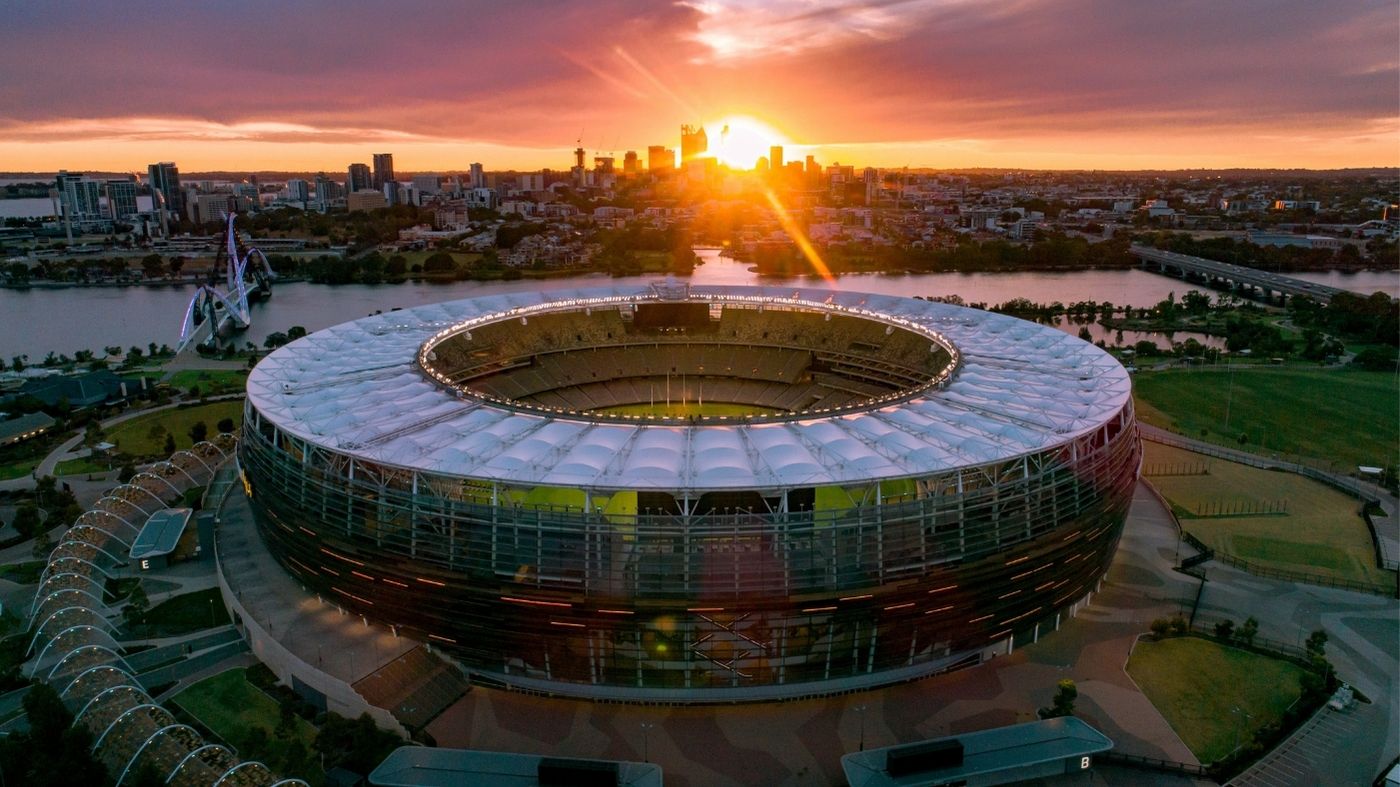
What emerged was a stadium design that not only met the practical requirements but also captured the spirit and aspirations of the community. It was a testament to the power of visual models, harnessing a diverse group’s collective intelligence, and crafting a vision that went beyond what words alone could convey.
Fast forward to this year, I had the privilege of watching Coldplay perform in the stadium we helped create. As I stood there amidst the energy and excitement of the crowd, I couldn’t help but reflect on the journey—from the early days of modeling and envisioning to the grandeur of the stadium in full use. It was a moment of profound realization.
Models, with their ability to distil complex ideas and engage participants on a deeper level, had played a pivotal role in making the Optus Stadium a reality. They had transformed a vision into a tangible structure and continued to shape the experiences of thousands of people filling the stadium’s seats.
This experience reinforced my belief that models are not just tools but vehicles for understanding, collaboration, and innovation. Whether it’s a grand stadium or a seemingly insurmountable problem, models can guide us, capture our imagination, and unite us in the pursuit of a common goal. They are the blueprints of possibility; with them, there are no problems too complex to solve and no visions too ambitious to realize.
Join my weekly newsletter for more updates and inspiration. If you’re ready to speak about bringing more genius to your leadership, start by applying to work with me so we can get to know one another better.

